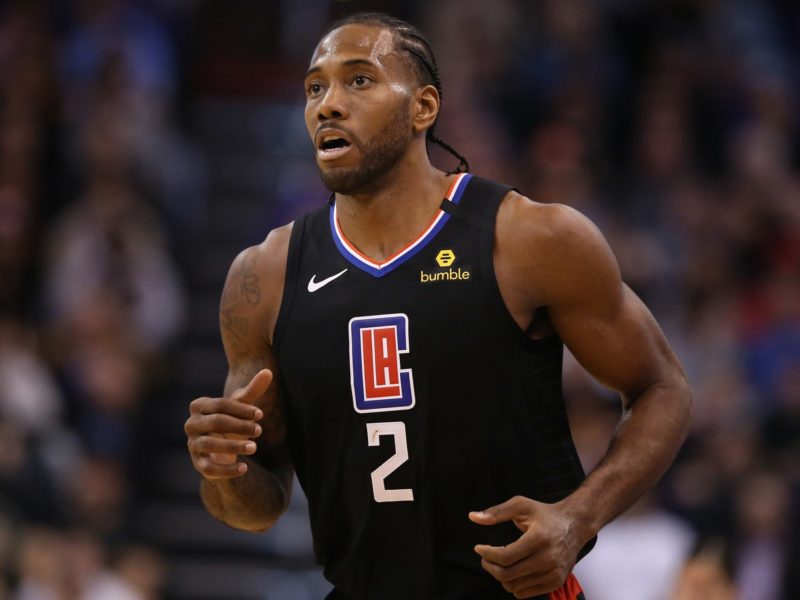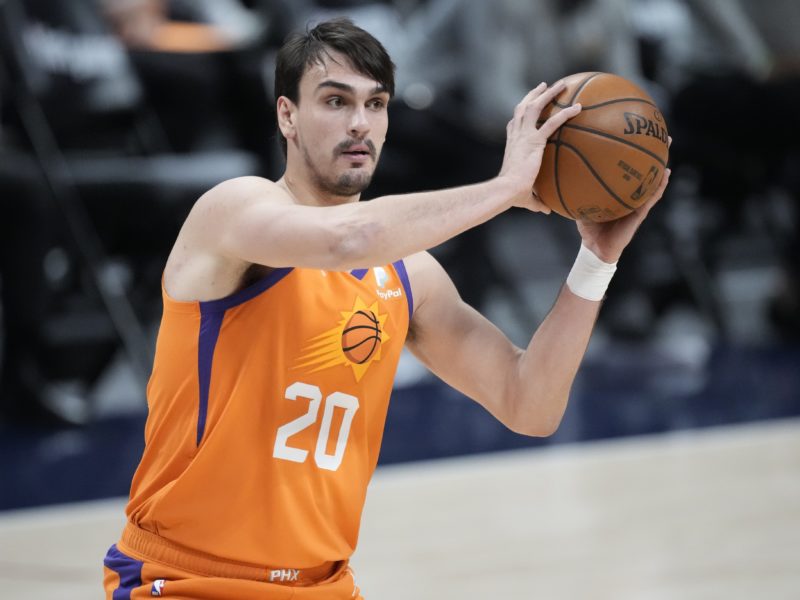
Dr. Dan Lieberman’s Analysis of Joe Burrow’s ACL Tear: Next Steps and ACL Reconstruction
Dr. Dan Lieberman’s Analysis of Joe Burrow’s ACL Tear: Next Steps and ACL Reconstruction https://phoenixspineandjoint.com/wp-content/uploads/2020/12/maxresdefault-1024x576.jpg 1024 576 Phoenix Spine & Joint Phoenix Spine & Joint https://phoenixspineandjoint.com/wp-content/uploads/2020/12/maxresdefault-1024x576.jpg
Ouch. Did you see the video of Cincinnati Bengal’s quarterback Joe Burrow— the 2019 Heisman Trophy Winner and first pick in the National Football League draft— where his knee shifts forward on his thigh, then snaps back? It is brutal.
So far it looks like he suffered a tear to his left anterior cruciate ligament (ACL). The ACL is a strong ribbon that connects the thigh and leg bones. Under normal circumstances the ACL prevents the leg from moving forward like Burrow’s did during the tackle. People who tear their ACL in competition often hear a pop, followed by inability to bear weight on the knee and swelling. ACL injuries are the most common type of ligament injury. It is not a factor here, but ACL tears are more common in women than men.
A torn ACL is formally diagnosed with MRI (Magnetic Resonance Imaging) of the knee; however, the Lachman test is a good predictor. If you watched the footage of the Bengal’s game, you saw this test performed on Joe Burrow on the field. The knee is bent slightly, the doctor or trainer applies gentle traction to the leg bone while stabilizing the knee cap. If the leg moves excessively forward on the thigh, then the ACL has an 86% chance of being torn. ACL injuries typically swell up like crazy in the hours after the accident; doing this simple test before the swelling sets in is helpful and is on par with the MRI (87%) for demonstrating a torn ACL.
Sometimes it is not as clear what happened. A lot of weekend warriors have knee pain during a sport and are not sure what to do next. The most common cause of knee pain is arthritis, which comes on gradually as you age and can be made worse during exertion. Other than arthritis, the most common issues are a torn ACL or meniscus injury. The meniscus is a horseshoe shaped cartilage. There are two menisci in the knee which support the thigh bone. If you have knee pain it can be hard to tell at first whether it is a torn ACL or meniscus.
To see how you can tell the difference in your own knee without an MRI our video here:
Magnetic Resonance Imaging
The decision to get an MRI of the knee is automatic in the case of a high-profile athlete like Burrow; however, knowing when to get an MRI for knee pain in real life is more complicated. The first consideration is whether you may have a serious illness. Knee pain can be a sign of a more serious underlying condition if you have any red flags (sudden onset of pain so severe you cannot walk; deformity of the knee; a red, hot, swollen knee; history of cancer; unexplained weight loss; blood in your urine, stool, or vomit). If you have a red flag, then you need an urgent evaluation by a doctor. Assuming you have no red flags, then an MRI can usually wait a few weeks to see if the pain resolves. If not, then see a medical or chiropractic doctor.
Your doctor will examine you, get blood work, and order an x-ray. The main thing on the examination is the Lackman test. The blood work is to look an elevated WBC (white blood cell) count, or elevated CRP (c-reactive protein). These are signs of infection. Arthritis shows up well on x-ray; so, if the x-ray shows arthritis, you may have a good diagnosis without needing an MRI. So, you need an MRI if the red flag history, blood work and x-ray are do not suggest the cause, but your knee still hurts like heck.
To preview an MRI of the knee and learn more about how to decide if one is needed check out this video:
Treatment
What will happen next to Joe Burrow’s ACL? A torn ACL will not heal itself. However, not everyone needs an intact ACL to walk. Biomechanical studies suggest the ACL is responsible for around 85% of the strength of your knee. However, your knee is held together by the muscles and other ligaments as well as the ACL. In some people, the knee is stable, despite having a torn ACL. A functioning ACL is absolutely required for strenuous work or sports. So, the next step for the Heisman Trophy winner is arthroscopic ACL reconstruction.
There are some situations where surgery is not recommended. Surgical repair involves placing a graft across the knee joint and anchoring it to the leg and thigh bones; this can disrupt the growth plate in children. A pediatric orthopedic surgeon may elect to wait until a child reaches skeletal maturity to recommend a repair. On the other end of life older folks with chronic medical problems who are not highly active and can walk despite the tear, may be better off without surgery.
During surgery, the torn ACL is not actually repaired, it is replaced. While you would think the torn ligament could be sewn back together experience has shown that the ligament does not heal well enough the be functional afterward. The better approach turns out to be reconstructing the torn ligament in its entirety. This surgery should be done by an orthopedic surgeon specializing in Sports Medicine through tiny incisions using an arthroscope. The ACL is replaced by a graft that comes from the kneecap tendon, hamstring tendon, quadriceps tendon, or even a cadaver, depending on the exact situation.
To get a better sense of how this is done, check out this animation of an arthroscopic ACL repair with a patellar tendon graft:
Surgery and Recovery
Arthroscopic ACL reconstruction surgery takes 1-2 hours and is done as an outpatient in an ambulatory surgery center (ASC). The surgery is performed under general or spinal anesthesia. Orthopedic surgeons who perform this procedure typically have a year of specialized training in arthroscopic surgery and are certified in Sport’s Medicine. A brace is placed on the knee in the recovery room, and you can walk out of the ASC 1-2 hours after surgery on crutches. Since the surgery is not done in a hospital you do not have to worry about COVID-19, hospital errors, or staph infection.
Full recovery from arthroscopic ACL repair surgery takes 2-6 months. For your knee to fully recover the graft must heal into position. Excessive activity could dislodge the graft and ruin the repair. Right after surgery you will wear a brace to protect your graft. Your surgeon will supervise your recovery and involve a physical therapist.
The good news is that once you are fully recovered from arthroscopic ACL reconstruction surgery the new graft will be strong enough that you can return to full activity, including sports, without restriction. Joe Burrow was correct in his tweet after the game that his rookie season is over. But we can expect this promising young quarterback to be back next year ready and eager to play ball.
- Posted In:
- ACL Reconstruction









